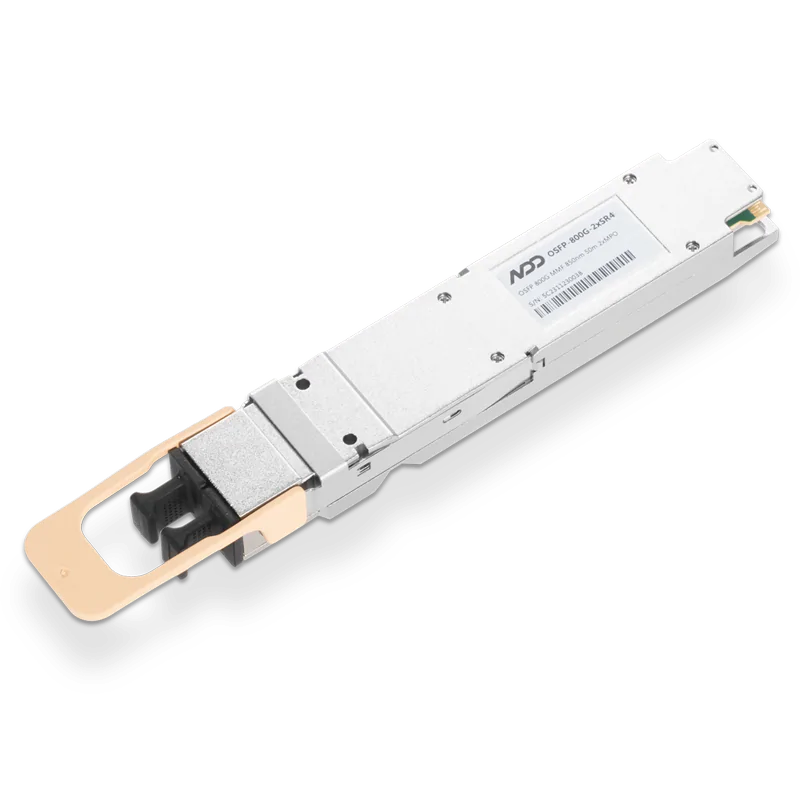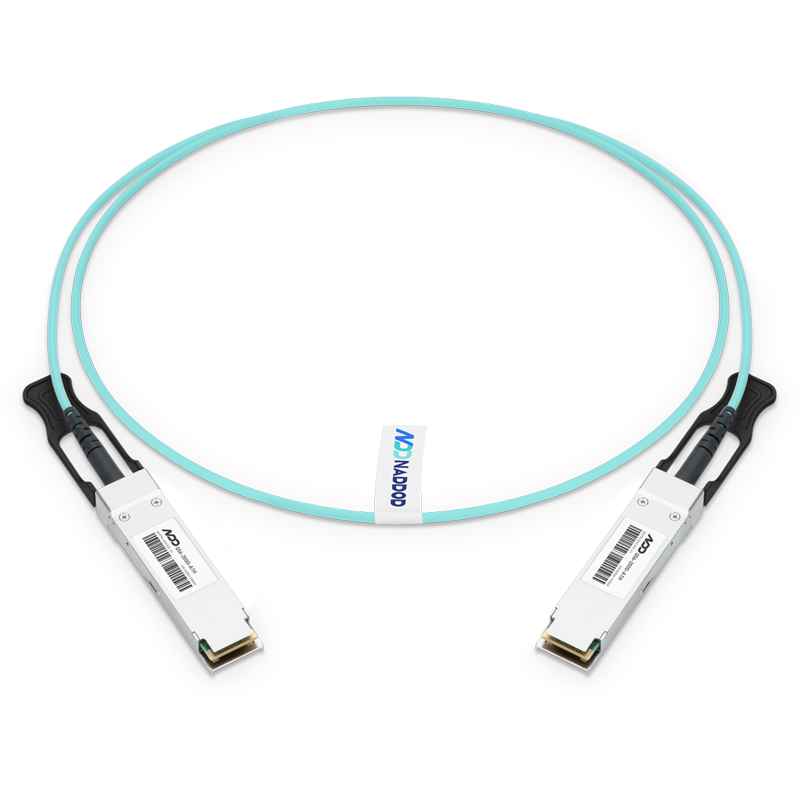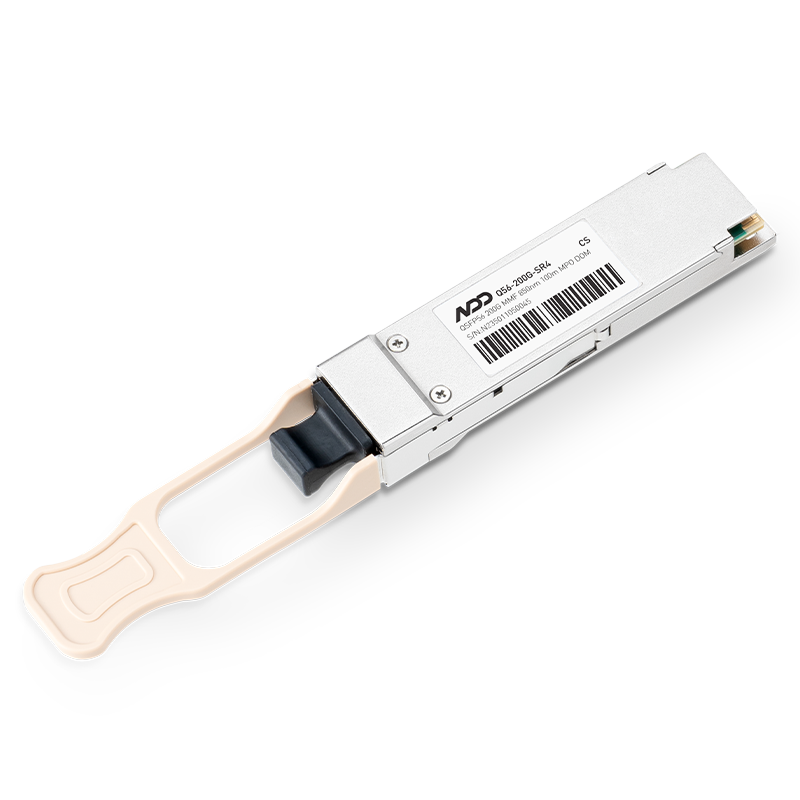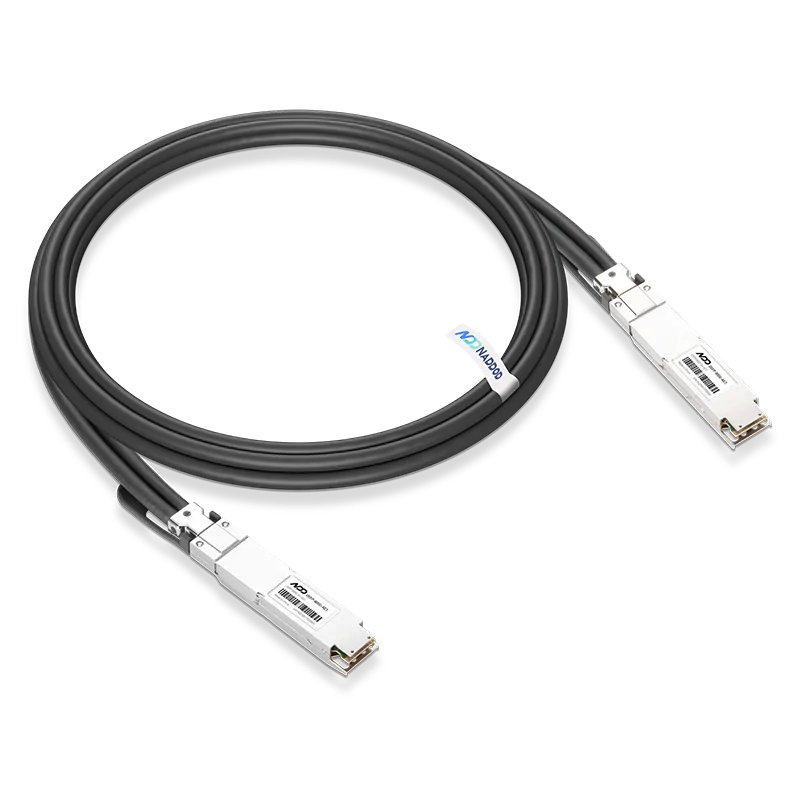Development Trend of AI optical modules
AI optical modules, as an indispensable part of modern communication systems, are poised for rapid and extensive development in the future. Here are several trends that will shape the future of AI optical modules:

1. Higher Speeds and Greater Bandwidth:
With the rapid growth of technologies like cloud computing, big data, and the Internet of Things, the volume of data has exploded. Consequently, future AI optical modules will continue to evolve, offering higher speeds and greater bandwidth to meet the demands of various industries and applications.
2. Enhanced Integration:
Modern communication systems are becoming increasingly complex, requiring the processing of more signals and data. Simplifying system architecture, improving reliability, and stability have become crucial requirements. Future AI optical modules will feature integrated designs and smaller form factors to accommodate compact devices and high-density layouts. As technology advances, the integration level of AI optical modules will continue to increase.
3. Lower Power Consumption and Costs:
Power consumption and costs have always been key concerns in the development of optical modules. With the growing demand for green and energy-efficient solutions, reducing the power consumption of optical modules has become a significant development focus. Simultaneously, cost reduction is essential for the widespread adoption of optical modules. Future AI optical modules will continuously optimize power consumption and costs, driving the extensive application of optical communication technology.
4. Application of Emerging Technologies:
As technology progresses, new opportunities arise for the development of optical modules. Solutions like Co-Packaged Optics (CPO), thin-film lithium niobate, and silicon photonics hold high potential and vast prospects. With breakthroughs and applications of these new technologies in the future, the performance of AI optical modules will be further enhanced.
5. Expanded Application Scenarios:
With the continuous development of 5G, the Internet of Things, and cloud computing, the application scenarios for optical communication technology are expanding. In the future, AI optical modules will find applications in various fields such as data centers, cloud computing, and autonomous driving. As application scenarios expand, the performance requirements for AI optical modules will continue to increase.
In conclusion, the future development trends of AI optical modules encompass higher speeds, greater bandwidth, enhanced integration, lower power consumption and costs, the application of emerging technologies, and broader application scenarios. These trends will drive the continuous advancement of optical communication technology, providing robust support for the construction and development of modern communication systems.
The Significance of AI Optical Modules in Data Center Applications

1. Interconnectivity between Server Clusters
High-speed and stable optical modules are essential for facilitating fast communication among servers in data centers. AI optical modules provide high-speed interconnectivity, enhancing data transmission efficiency and reliability.
2. Interconnectivity between Switch Clusters
High-speed optical modules are required to establish connections between switches within data centers. AI optical modules offer larger bandwidth and higher speeds to meet the data transmission needs between switches.
3. Server-to-Switch Connectivity
The connectivity between servers and switches is a critical component of internal communication within data centers. AI optical modules enable high-speed interconnectivity between servers and switches, improving data transmission efficiency and stability.
4. Increasing Demand for High-Speed Optical Modules
The rising transmission rates within servers necessitate higher transmission rates between servers and switches. This drives the growing demand for high-speed optical modules, which AI optical modules can fulfill.
5. Indispensable Component of Optical Communication
Optical-electrical conversion is an indispensable process in data center communication. As data terminals use electrical signals, the primary role of optical modules is to convert electrical signals into optical signals for transmission or convert optical signals into electrical signals for reception. Therefore, AI optical modules play a crucial role in optical communication.
6. High Computing Power Requirements
Supporting high-bandwidth, low-latency optical communication is crucial for training and inference of AI models, enhancing the utilization efficiency of computing power. The demand for high-speed, high-performance optical modules in data centers is consequently increasing, and AI optical modules can meet these requirements by providing higher bandwidth and lower latency solutions.
In summary, the application of AI optical modules in data centers primarily focuses on improving data transmission efficiency, stability, and bandwidth utilization. The demand for high-speed, high-performance optical modules in data centers continues to rise, and AI optical modules are increasingly playing a significant role. Furthermore, with ongoing technological advancements and expanding application scenarios, the performance and functionality of AI optical modules will continue to improve and evolve.
Naddod AI Computing 400G & 800G Optical Modules
With the growing demand for high-speed data communication, leading optical connectivity solution provider NADDOD introduced its AI Computing Power Optical Modules at the end of 2023. These modules include the 800G OSFP SR8, 400G OSFP SR4, 800G OSFP DR8, 400G OSFP DR4, and 400G QSFP-DD DR4. NADDOD's AI optical modules are characterized by their high speed, stability, reliability, intelligence, and strong compatibility.
These optical modules from NADDOD incorporate advanced semiconductor technology and optical design, offering advantages such as high bandwidth, low noise, and low power consumption to meet the demands of various application scenarios. By integrating artificial intelligence technology, they bring a new level of experience for users. Whether in high-load environments or facing large-scale data processing, these AI computing power optical modules demonstrate exceptional stability and efficiency. Moreover, their precise design and high reliability make them an ideal choice for future network communications. Through continuous technological research and product innovation, NADDOD's AI computing power optical modules are leading the development of the optical communication industry with their high quality and outstanding performance.

NADDOD will continue to provide more efficient, reliable, and intelligent network solutions for data centers worldwide, empowering the rapid development of internet enterprises and various industries in the era of AI and GC. In addition to offering high-quality optical modules, we also have a wide range of original NVIDIA products, such as QM9800/QM9700 switches, network cards, NDR/EDR optical modules, AOC/DAC, and more, providing you with more choices. Contact us now to learn more details!

 800GBASE-2xSR4 OSFP PAM4 850nm 50m MMF Module
800GBASE-2xSR4 OSFP PAM4 850nm 50m MMF Module- 1Advantages and Working Principle of RoCE v2 in RDMA Protocol
- 2Optical Transceiver Requirements in NVIDIA DGX H100 Server Cluster
- 3Seven major trends in the development of large-scale data center networks
- 4Inside DeepSeek's 10,000 GPU Cluster: How to Balance Efficiency and Performance in Network Architecture
- 5NADDOD Delivers the First 400G OSFP-RHS SR8 Module to the Market



































